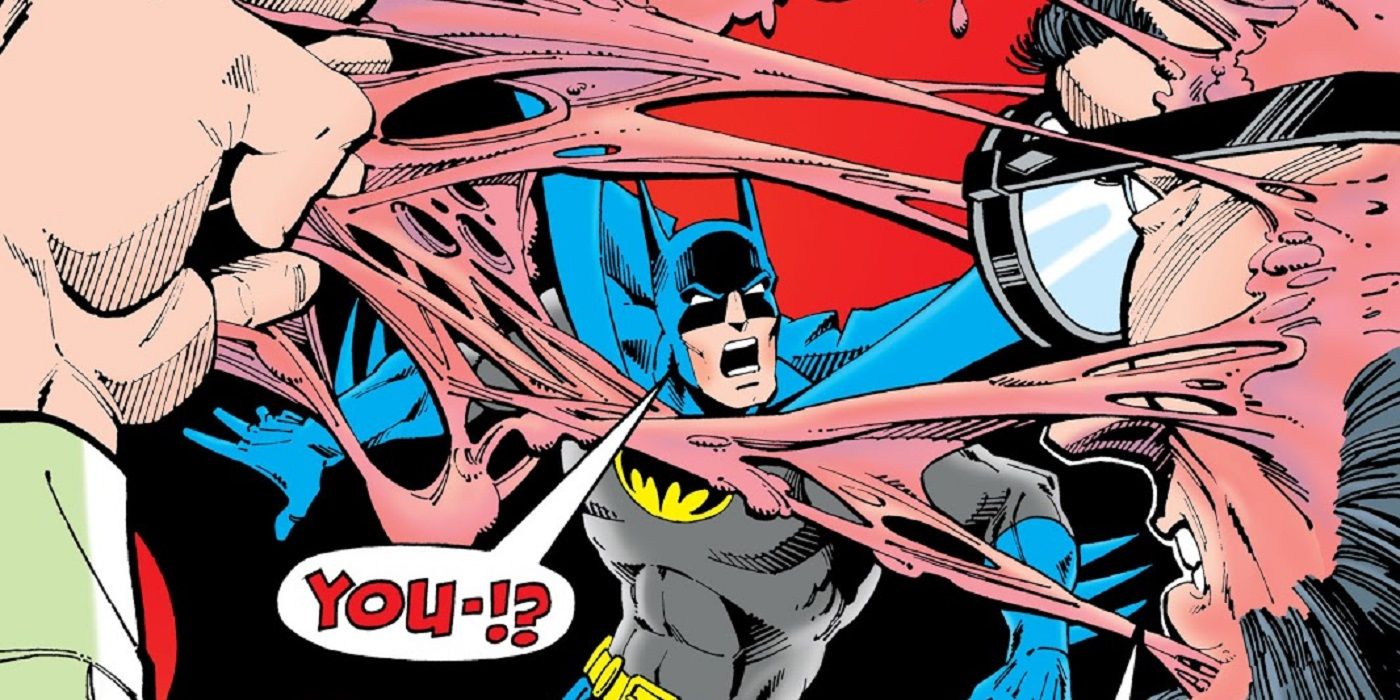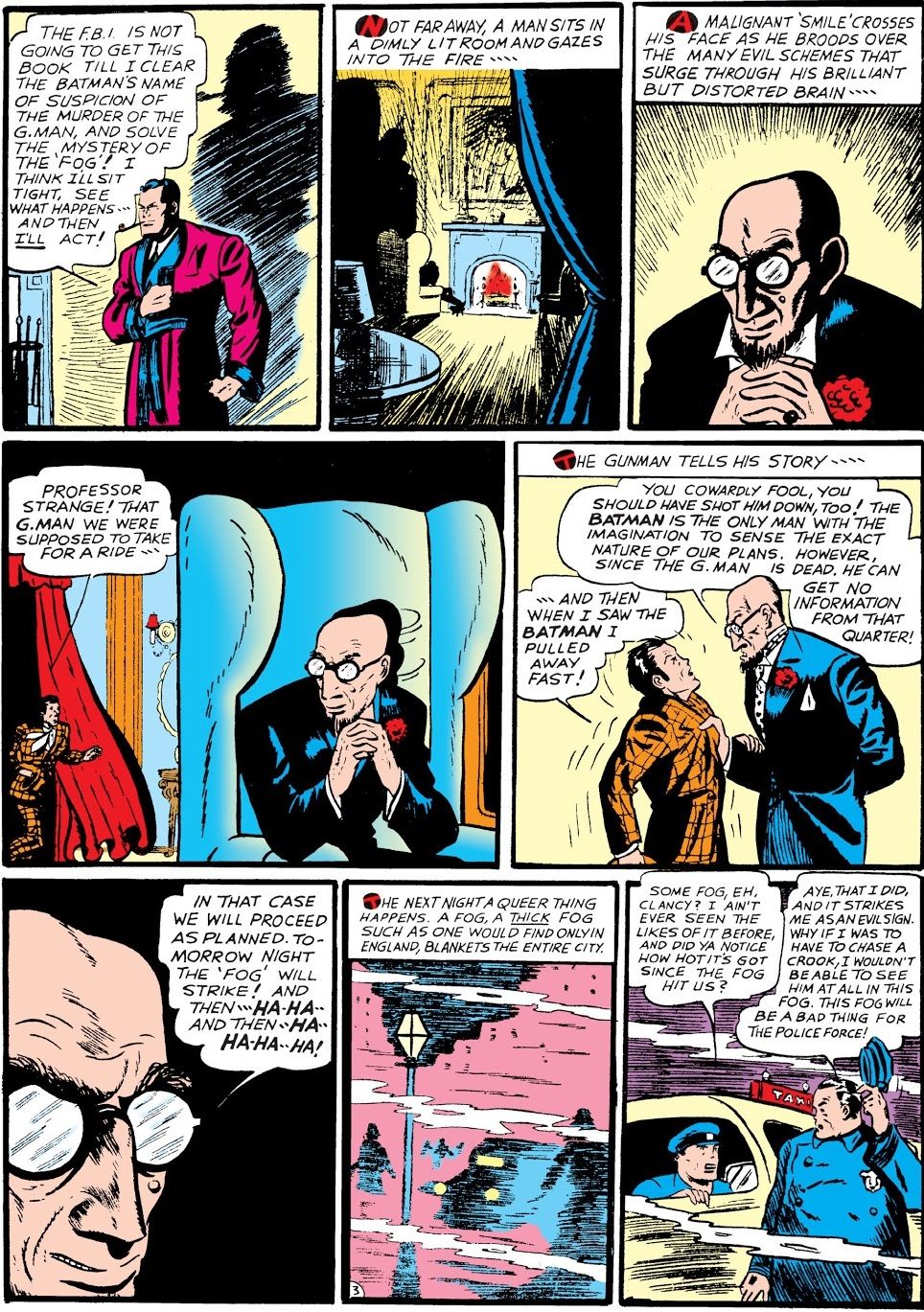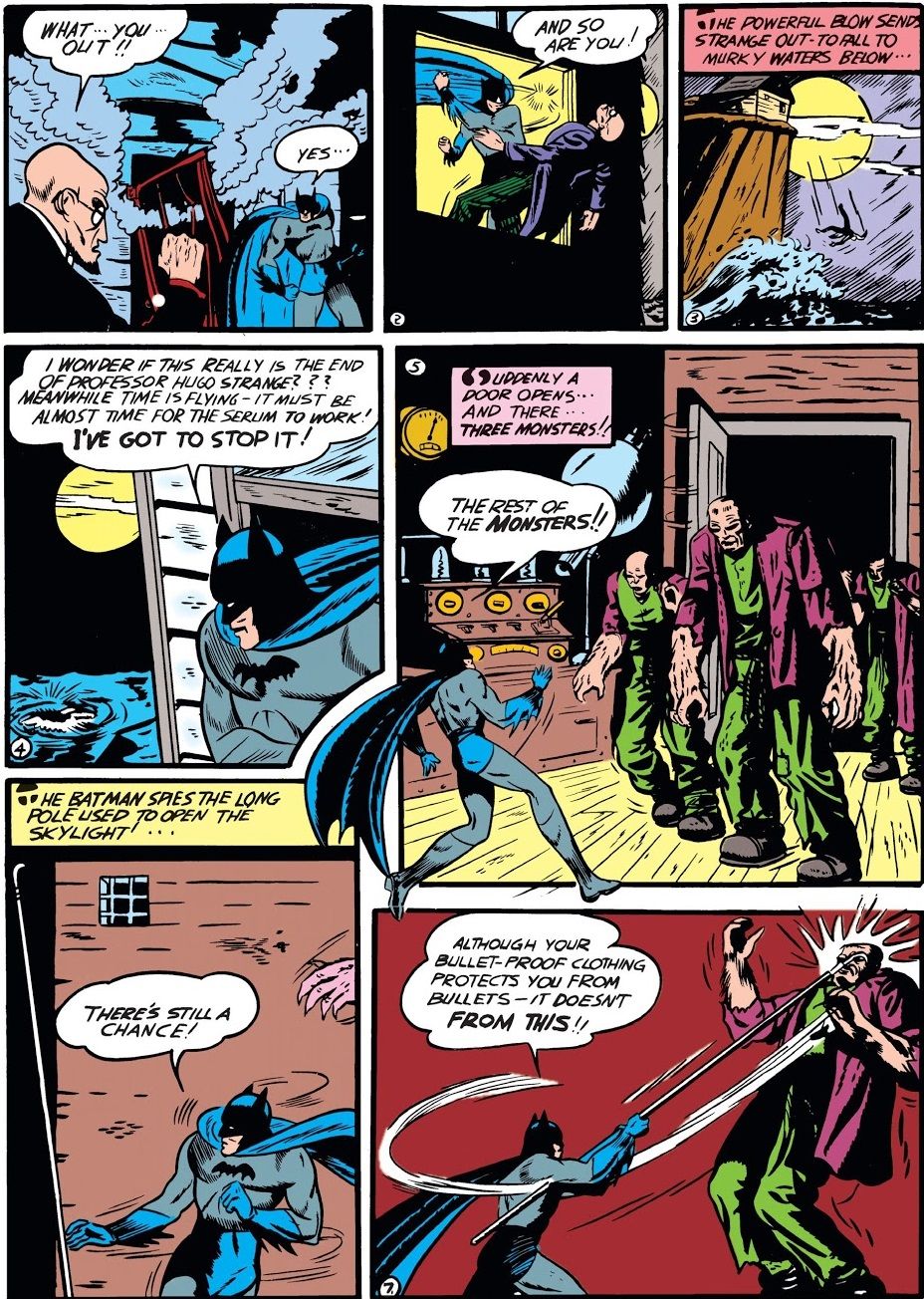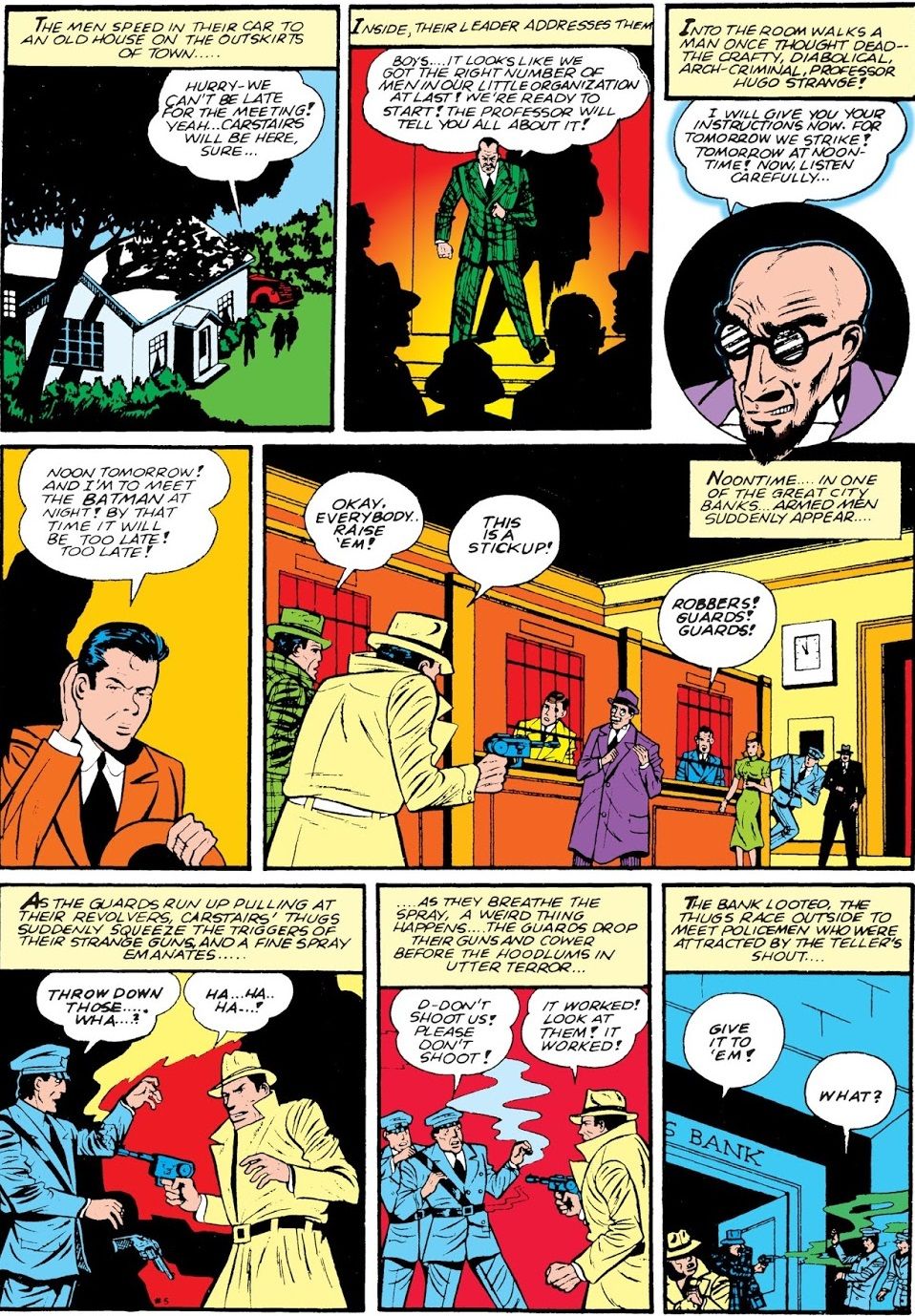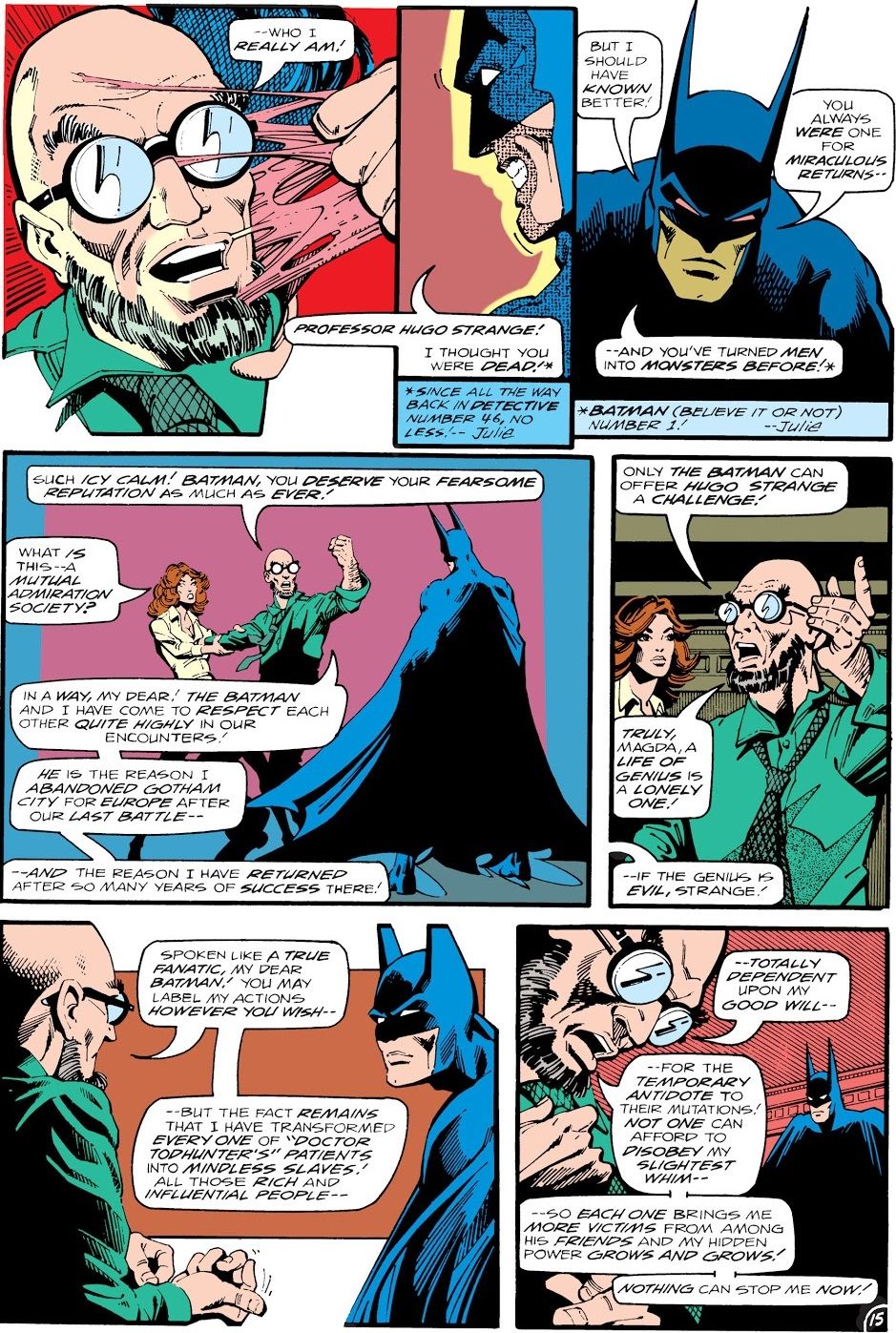This is "I Remember Well," a brand-new feature spotlighting instances where comic book writers pull out long-forgotten plots or attributes of comic book characters. I have a similar bit called "I've Been Here Before" when writers pull out their own old plots/characters, but this is when different writers do it. I also have a bit called "Provide Some Answers," when writers resolve long-forgotten plots, but this is when writers don't resolve anything, they just bring back something that hadn't been used in a long time.
Now, I promised that July would be dedicated to "I Remember Well" after letting people vote on Twitter, but the issue is that we had some format changes here that delayed a lot of my stuff at the end of last month into this month, so I only recently wrapped up my two month-long features (I still have a bunch of Knightfall chats to re-format). So my current plan is to just do no August feature and have "I Remember Well" go into August. So you'll get 31 "I Remember Well" features still.
I'll kick things off with a somewhat offbeat example, as you could easily argue that this is more of a "Death is Not the End," my feature spotlighting resurrections of characters. However, I think this is a bit different than a typical resurrection story, and I'll explain why in a moment (and, come on, dude wasn't used for 37 years, that's really more of a "I Remember Well" deal).
As you may or may not know, when Batman first appeared as a feature in Detective Comics, writer Bill Finger basically treated the feature as if it were a pulp fiction series. Finger was HEAVILY influenced by the Shadow pulp novels in the early days of the Batman character, with the introduction of Batman in Detective Comics #27 being a literal re-writing of an earlier Shadow story. Finger wasn't the only writer influenced by the pulps, of course, as pretty much all of the notable comic book writers of the era were heavily pulp-inspired. In the pulps, the most common type of bad guy was mad scientists and Finger and other comic book writers had loads of them in the early days of the Golden Age. The very first recurring villain in Batman's history was a mad scientist known as Doctor Death, who debuted in Detective Comics #29 (art by Bob Kane) and was seemingly killed off at the end of that story, but returned in the following issue (with most of his skull burned off).
Doctor Death was actually a creation of Gardner Fox, who briefly took over the Batman feature in the early days of the series (I believe that Finger still managed to write Batman's origin as a two-page story at the start of one of Fox's issues, though). Finger returned in Detective Comics #35 and in the following issue, Finger introduced his own mad scientist character, Dr. Hugo Strange.
At the end of Hugo Strange's debut, Batman defeats him and throws the mad scientist in prison, where Hugo vows revenge. Interestingly, Strange was scheduled to be brought back in Detective Comics #38, but his return was instead held back for inclusion in the then-brand new Batman ongoing series, so Robin's first appearance moved into Detective Comics #38 (it is why Robin is present in the other stories in Batman #1 but not the Hugo Strange one).
Strange appears to die during the Batman #1 story (by Finger, Bob Kane, Jerry Robinson and George Roussos), which introduced Strange's "Monster Men," normal guys that Strange experimented on and turned into monstrous beasts (Batman's slaughter of the monsters was the last time that Batman did wholesale killing for many, many years).
However, later in 1940, Hugo Strange made his return in Detective Comics #46. A notable aspect of his return is that they make an allusion to the fact that he was thought to have been killed, but there is no explanation for why he isn't dead, which plays a role decades later.
Strange has a new plot involving a fear serum, but at the end of the story, Batman once again punches out the mad scientist and sends him flying to his death. The difference between the very similar method of "death" in Batman #1 is that this time, Strange was actually treated as if he DID die. Finger never brought him back, which suggested that Strange really did die this time around. Obviously, by this point, Batman already had a much more famous recurring villain in the Joker and he was in the midst of adding other rogues. So a regular mad scientist was less important.
It would be nearly 40 years before Hugo Strange was seen again. In 1977, Steve Englehart took over Detective Comics for a short run on the title. At the time, this was intended to be Englehart's final comic book work for American comics, but obviously he later returned. Englehart was one of Marvel's biggest writers in the early to mid 1970s and so his move to DC before his temporary retirement was a big deal. Englehart was known at Marvel for his attention to continuity. He would write stories that would be based on obscure details from the past but he would make the stories work. When he went to DC, that style continued, which was shown in Detective Comics #471 (by Englehart and artists Marshall Rogers and Terry Austin) where Batman investigates a suspicious psychologist but is shocked to learn that the villain is actually Hugo Strange!
As you can see, the whole shtick in his return was that Strange was known to survive "death," as seen in his return in Detective Comics #46, so Englehart never explained Strange's return and as a result, that's why I don't think this really works as a "Death is not the End."
Strange quickly made a name for himself by realizing that Bruce Wayne was Batman. He captured the Caped Crusader and briefly adopted the costume of Batman himself. He was captured by the villainous Boss Thorne, who tortured Strange to learn Batman's secret, but shockingly, Strange chose to be tortured to death rather than reveal Batman's identity. In a way, he really WAS Batman in the end.
This, of course, led to Strange's ghost haunting Thorne, but that's a story for another day.
I'm sure you folks have other ideas for examples for this new column, so send them my way at brianc@cbr.com!

